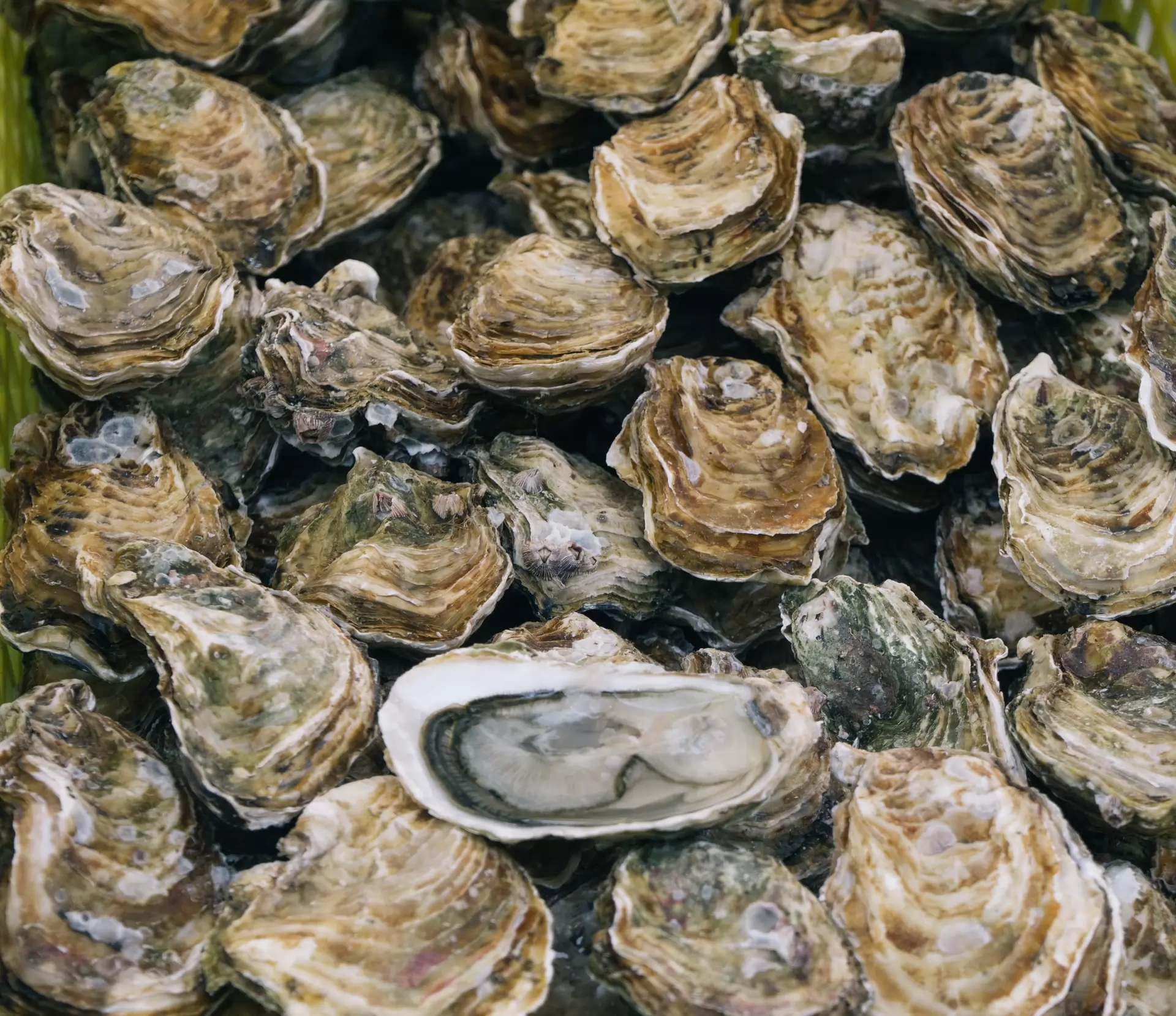Detailed content of our market study
 Inforamtion
Inforamtion
- Number of pages : 35 pages
- Format : Digital and PDF versions
- Last update :
 Summary and extracts
Summary and extracts
1 Market overview
1.1 Definition and scope of study
Oysters are edible bivalve marine mollusks, attached to marine rocks by a valve in their shells, which are farmed (oyster farming) in parks and whose species (belon, Portuguese, etc.) are consumed mainly during the 'r' months (September to April), outside the reproductive period. Oysters are a foodstuff of great commercial value and can be eaten raw or cooked. Oyster eating has been a feature of the Mediterranean Sea basin's diet since prehistoric times, and Heinrich Schliemann discovered many mounds of oyster shells during his excavations at Mycenae. Natural oysters have always been abundant over most of the Greek coast, as well as the Egyptian, French, and Italian shores.
Highly sustainable, oysters are mainly bred in coastal areas and near lagoons: thanks to their function of filtering and purifying water, for some time now they have been referred to as oyster-tecture to indicate their use in the construction of barriers useful for purifying the marine ecosystem.
The oyster market is therefore a sub-segment of the seafood market and, more generally, of the aquatic products market.
In 2018, the worldwide oysters’ market was estimated to be worth USD 7,46 billion. In 2020 it has registered a negative growth; nevertheless, during the years 2021-2026, the market is anticipated to increase at a CAGR of about 5%.
Italy is one of the nations producing the finest oysters, still one level below those reared in Normandy, but certainly more competitive in terms of price. They are mainly bred in Liguria, Puglia, Veneto, Sardinia and Sicily, and the production of Italian oysters does not exceed 170 tons per year. Italian oysters saw a 20% increase in demand between Christmas and New Year 2020; Italy is the second largest consumer in Europe, but it needs to import oysters from France to satisfy the large demand. The Italian market has been receiving substantial investments for 10 years to try to grow and reach French levels, carried on by Fedagripesca-Confcooperative.
The breeding techniques were mainly developed in France. The breeding is always characterized by a growth phase, which can last for one or two years and is performed with various techniques; in the Atlantic areas, the so-called "elevation" system is preferred, consisting of plastic nets connected to looms arranged in the areas of greatest surf, which are alternately submerged by the tides. Italy is developing new techniques to increase the production while maintaining the high quality.
All our studies are available online in PDF format
Take a look at an example of our research on another market!
 Choosing this study means :
Choosing this study means :
Access to more than 35 hours of work
Our studies are the result of over 35 hours of research and analysis. Using our studies allows you to devote more time and added value to your projects.
Benefit from 6 years' experience and over 1,500 industry reports already produced
Our expertise enables us to produce comprehensive studies in all sectors, including niche and emerging markets.
Our know-how and methodology enable us to produce reports that offer unique value for money.
Access to several thousand articles and paid-for data
Businesscoot has access to all the paid economic press as well as exclusive databases to carry out its market research (over 30,000 articles and private sources).
To enhance our research, our analysts also use web indicators (semrush, trends, etc.) to identify market trends and company strategies. (Consult our paying sources)
Guaranteed support after your purchase
A team dedicated to after-sales service, to guarantee you a high level of satisfaction. +44 238 097 0676
A digital format designed for our users
Not only do you have access to a PDF, but also to a digital version designed for our customers. This version gives you access to sources, data in Excel format and graphics. The content of the study can therefore be easily retrieved and adapted for your specific needs.
 Our offers :
Our offers :
the oyster market | Italy
- What are the figures on the size and growth of the market?
- What is driving the growth of the market and its evolution?
- What is the positioning of companies in the value chain?
- Data from several dozen databases
5 reports pack (-15%) IT Italy
- 5 reports at €75.6 excluding VAT per study to choose from our Italian catalogue for 12 months
- Save 15% on additional studies purchased
- Choose to be refunded any unused credit at the end of the 12-month period (duration of the pack)
See the terms and conditions of the pack and the refund of unused credit.















